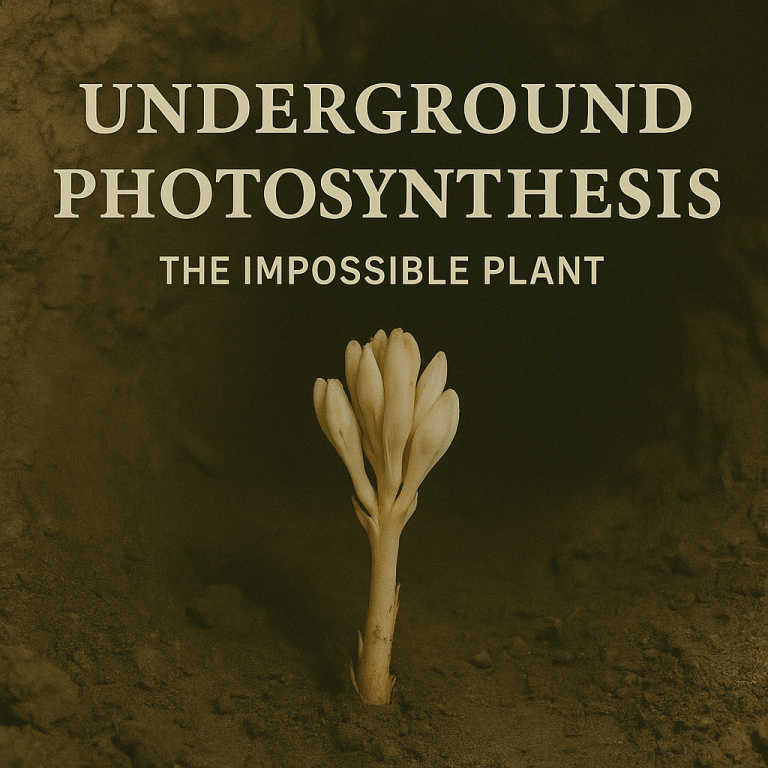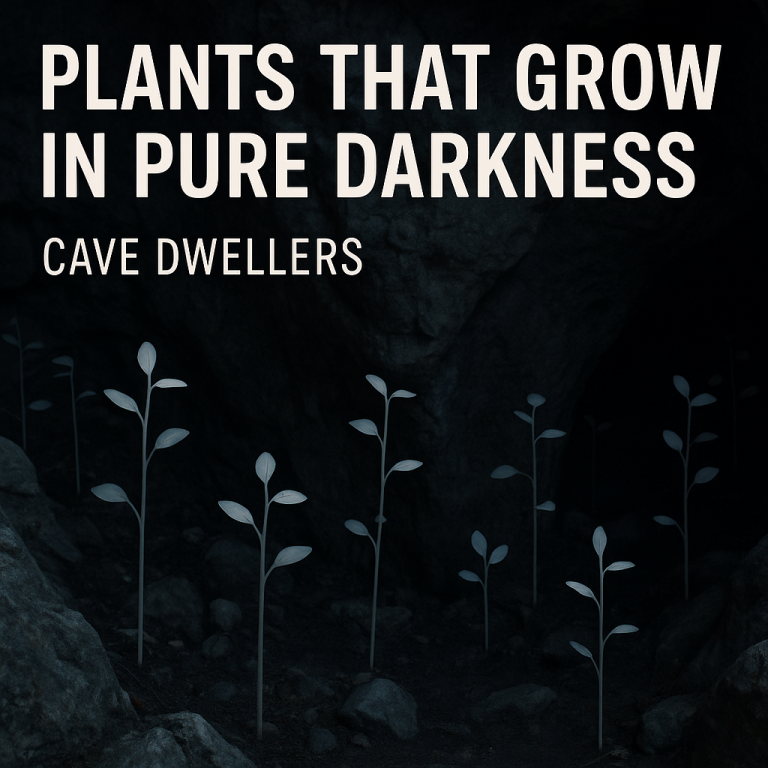In some of the world’s driest landscapes, where rain rarely falls, a remarkable tree has mastered the art of harvesting water from thin air. Meet the Atacama Desert’s “fog-drinking” trees, nature’s ingenious solution to extreme drought. These botanical marvels capture moisture from coastal fog, funneling it directly to their roots—a survival trick that could revolutionize water-scarce agriculture, reforestation, and climate resilience.
This article explores the science behind these self-watering trees, their unique adaptations, and how humans are mimicking their strategies to combat global water shortages.
How Can a Tree Drink Fog?
1. The Science of Fog Harvesting
Fog-drinking trees rely on three key mechanisms:
✔ Specialized Leaves – Needle-like or waxy surfaces condense fog droplets.
✔ Directional Growth – Branches angle toward incoming fog.
✔ Root Systems – Spread wide to absorb every drop.
2. The Atacama’s Miracle Tree: Tillandsia landbeckii
-
Grows in Chile’s Atacama Desert (driest place on Earth outside Antarctica).
-
No roots in soil—absorbs 100% of its water from fog.
-
Forms “fog oases” where no other plants survive.
3. Other Famous Fog-Drinkers
| Tree | Location | Water-Harvesting Trick |
|---|---|---|
| Redwood (Sequoia sempervirens) | California | Leaves channel fog to roots |
| Welwitschia mirabilis | Namib Desert | Absorbs fog through unique leaf pores |
| Ocotillo (Fouquieria splendens) | Sonoran Desert | Spiny stems trap fog droplets |
Nature’s Fog Nets: How It Works
1. The Condensation Process
-
Fog rolls in from the ocean, carrying microscopic water droplets.
-
Tree leaves act like natural nets, trapping droplets.
-
Water drips down to the base, where roots absorb it.
2. The Role of Coastal Geography
-
Cold ocean currents (like Peru’s Humboldt Current) create dense fog.
-
Mountains force fog upward, where trees intercept it.
3. A Lifeline for Ecosystems
-
Fog provides 40-80% of water in some coastal deserts.
-
Supports entire food webs, from insects to foxes.
Human Applications: Learning from Fog-Drinking Trees
1. Fog Nets: Cheap Water for Arid Regions
-
Chile & Peru use giant mesh nets to mimic tree leaves.
-
Each net collects 200+ gallons of water daily.
-
Villages now have clean water without wells.
2. Drought-Resistant Crops
-
Scientists study Tillandsia genes to engineer self-watering crops.
-
Potential to grow wheat and maize in deserts.
3. Urban Fog Harvesting
-
San Francisco tests fog catchers to supplement city water.
-
Could reduce agricultural water use by 30%.
Can You Grow a Fog-Drinking Tree?
Best Species for Dry Climates
✔ California Redwood (If you have space!)
✔ Palo Verde (Parkinsonia) – Desert-friendly, self-irrigating.
✔ Air Plants (Tillandsia) – No soil needed, perfect for patios.
DIY Fog Harvesting Tips
-
Plant near morning fog zones (e.g., west-facing slopes).
-
Use mulch to keep captured water from evaporating.
-
Avoid overwatering—let fog do the work.
Threats to Fog-Dependent Forests
1. Climate Change
-
Warming oceans reduce fog by 20-50% in some areas.
-
California redwoods now getting 30% less fog water.
2. Deforestation
-
Logging disrupts natural fog-drip systems.
-
Chile’s fog oases shrunk by 60% in 50 years.
3. Overharvesting Air Plants
-
Tillandsia sold as ornamental plants, threatening wild populations.
How to Help Protect Fog Forests
✔ Support reforestation in coastal deserts.
✔ Use fog-catching tech instead of draining aquifers.
✔ Buy ethically sourced air plants.
The Future: Global Fog Farming?
-
NASA studies fog harvesters for Mars colonies.
-
Bioengineered trees could one day green the Sahara.
Conclusion: Nature’s Ultimate Water Alchemist
Fog-drinking trees prove that even in barren lands, life finds a way. As water scarcity grows, their ancient strategies offer hope—and a blueprint for a thirstier world.
The next time you see fog, remember: somewhere, a tree is drinking it.




Leave a Comment